A Hard Life: at Lee’s Ferry
Glen Canyon National Recreation Area, Arizona
It was a lovely, autumn day - Thanksgiving Day - when I first visited the Lonely Dell Ranch at Glen Canyon National Recreation Area. I parked off the main road and followed the road, which follows the Paria River, into the ranch. It was about 60F (15C), and there was a beautiful late afternoon light hitting the surrounding buttes and reflecting off the cliff faces as I walked. A map provided by the park service led me on a 2 mile, round trip walk, highlighting various buildings along the way.
The Lonely Dell Ranch
In the 1870s Mormon settlers intending on settling the lands of Northern Arizona, followed the Paria River down from Utah, to where it meets the Colorado River. At this location, they found the only ford on the Colorado allowing safe crossing to the other side for many miles (just below Lee’s Ferry begins the Grand Canyon).
Prior to the arrival of the first settlers, Mormon explorer, Jacob Hamblin, named the land around the mouth of the Paria River the “Lonely Dell” in 1871. When the first settlers, John D. Lee and his wife arrived on December 25, 1871 they found the name fitting. They settled here and began both the ranch and the ferry.
Isolation and Hardship
Life here was hard, cold in the winter, hot in the summer. Water often needed to be carried for several miles. Irrigation pumps failed due to the silt in the Paria River (which mainly runs only during the winter) and was their primary source of water. In spite of these hardships there was something about the land that inspired settlers to stay.
The People of Hardship
The ranch was first settled by John D. Lee, famous for participating in the Mountain Meadows massacre in 1857. He was eventually arrested and executed for his role in 1877, leaving his wife to continue with the ranch. She sold the ranch to Warren and Samantha Johnson in 1881, who built up the ranch adding new buildings and raising a family. In one sad instance, taking in travelers who carried with them disease, left 4 of their children dead within weeks. Their graves can still be seen in the cemetery. One of their sons, Jeremiah “Jerry” continued living on the ranch well into his old age; his cabin can still be seen on the ranch.
The land all around the ranch is desolate, scrub brush, showing signs where rocks were violently tossed from the side of the surrounding hills, and a deep cut channel where the Paria River runs. John Wesley Powell summed this area up nicely in 1869 when he referred to the surrounding land as “A curious ensemble of wonderful features.” (this quote is on the brochure the park has prepared for the Glen Canyon area).
A Little Bit of Oasis in the Desert
The last private owner of the Lonely Dell Ranch planted an orchard of apricot, peach, pear and plumb trees in 1965, which the Park Service still maintains. During my visit, the trees were bare, fallen leaves lay all around, but it’s obvious this is a thriving orchard. When I first arrived, there were signs that visitors were allowed to pick up to 2 gallons worth off the trees, for personal use only. I guess that is one way of maintaining the trees.
Closer to the Paria River, past the ranch, is an area of open flat land, near the cabin of Jerry Johnson. There are still signs that this area was cultivated, with the furrow indentations still visible.
Thoughts on this Life of Isolation
The people who came here, thrived. Not that it was easy, they raised families, buried children, and celebrated holidays. Everyday they woke to the beauty of the surrounding buttes and the rocky face of the Vermilion cliffs, and the deep cut channels of the Paria and Colorado Rivers.
I can almost imagine the families sitting around the fires in their cabins after dark, talking about the day and wondering what the next would bring; visitors from the outside world, word of another irrigation ditch chocked by mud and debris, needing to be cleaned. I can’t help but think of the peace they must have felt, in spite of the hardships and isolation. I felt some of that just walking through the ranch and sitting under the trees and contemplating the landscape around.
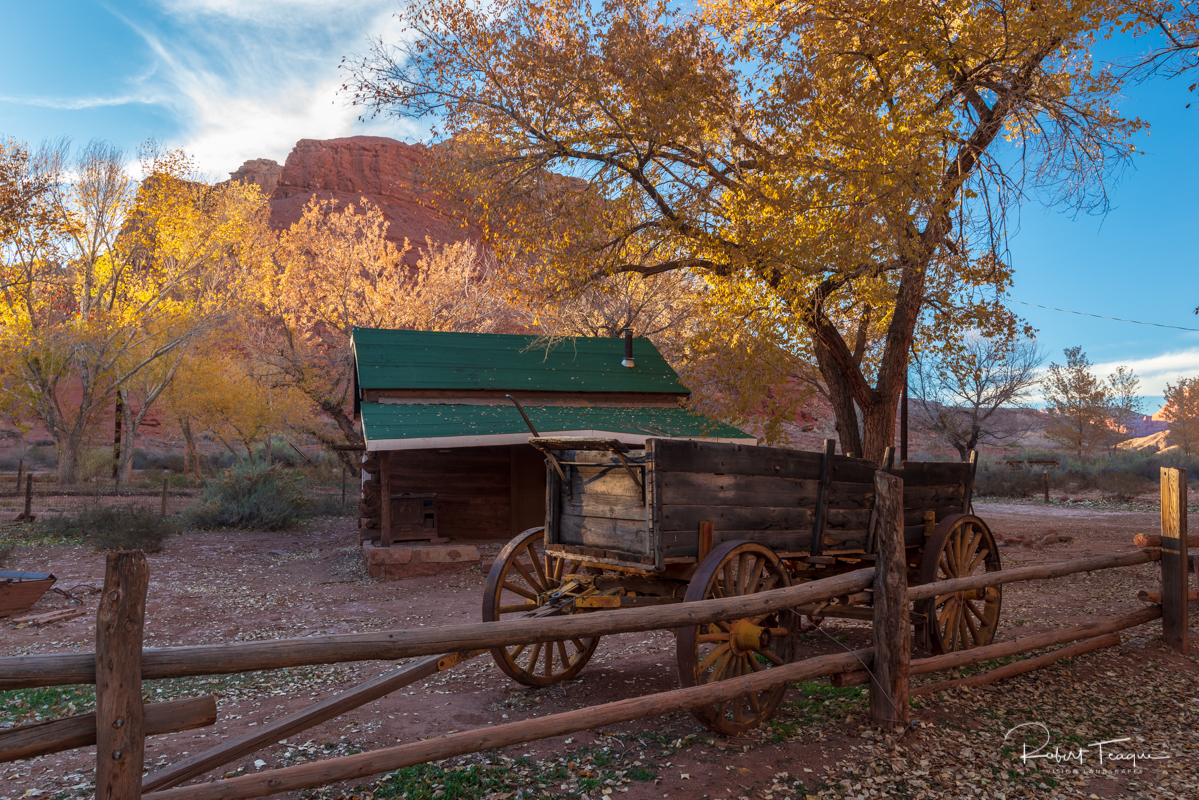
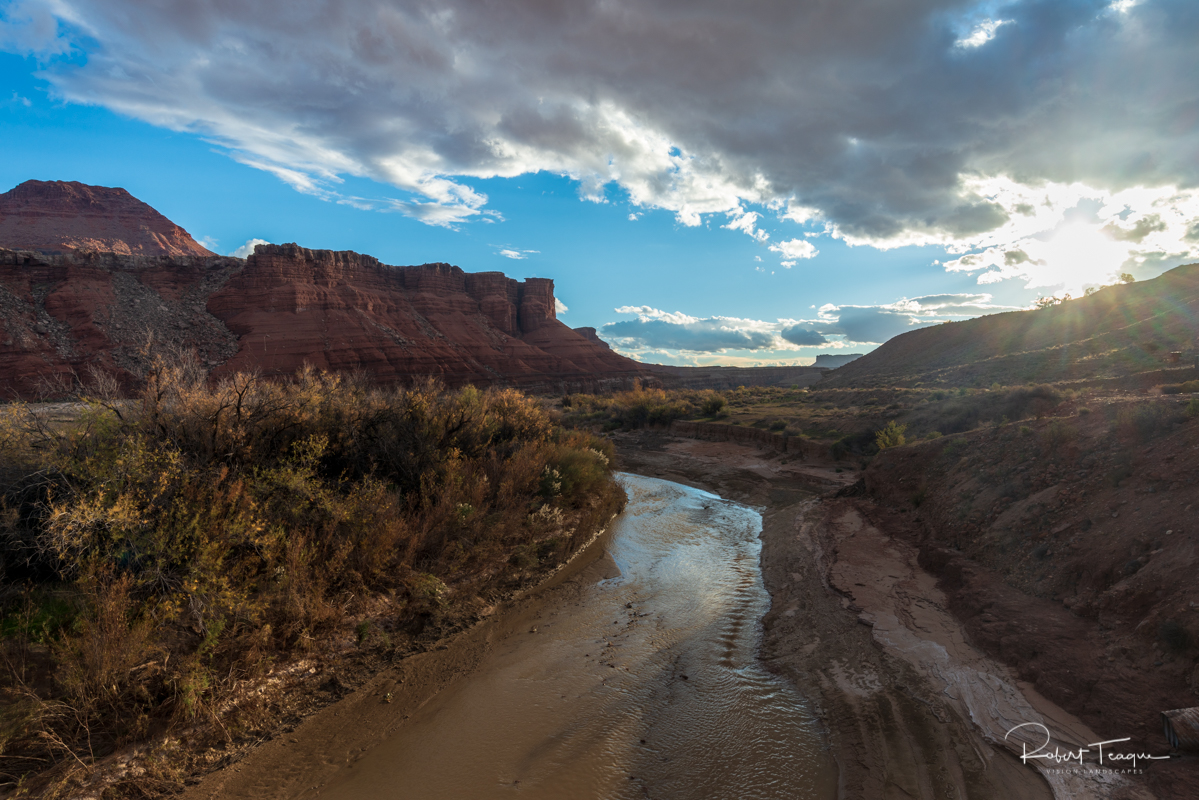
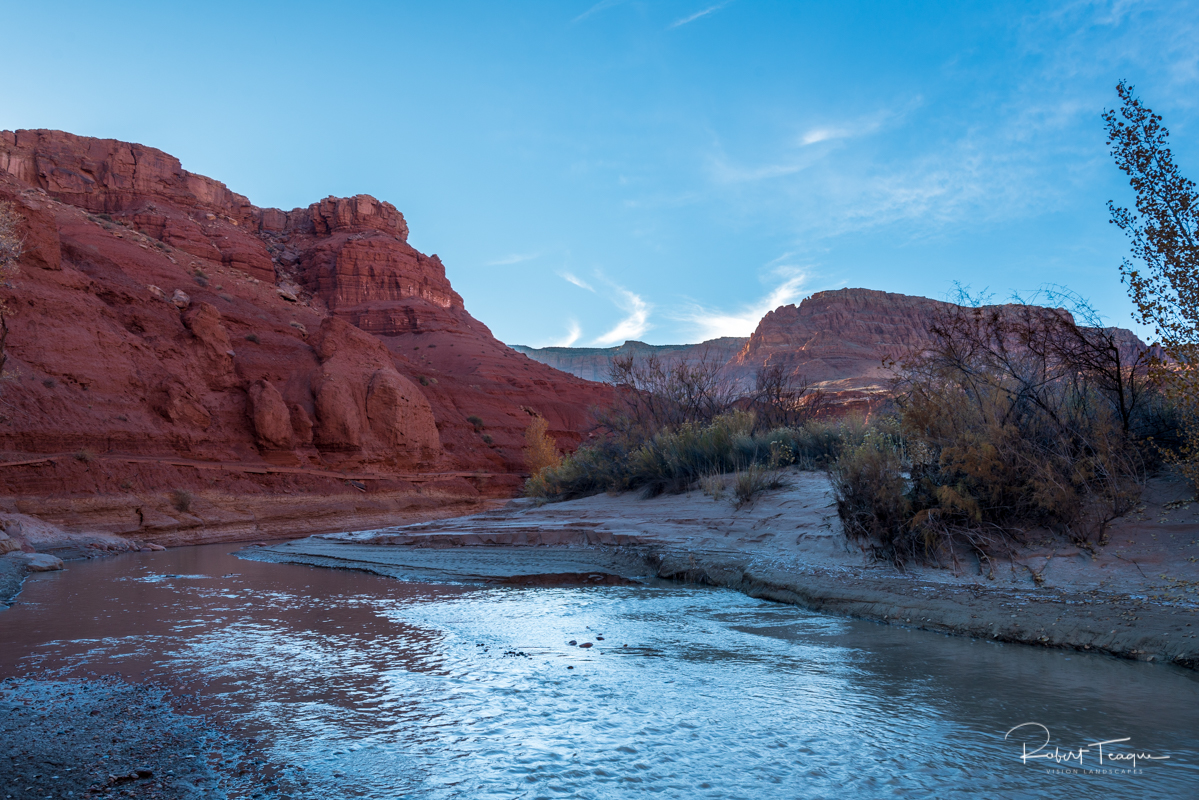
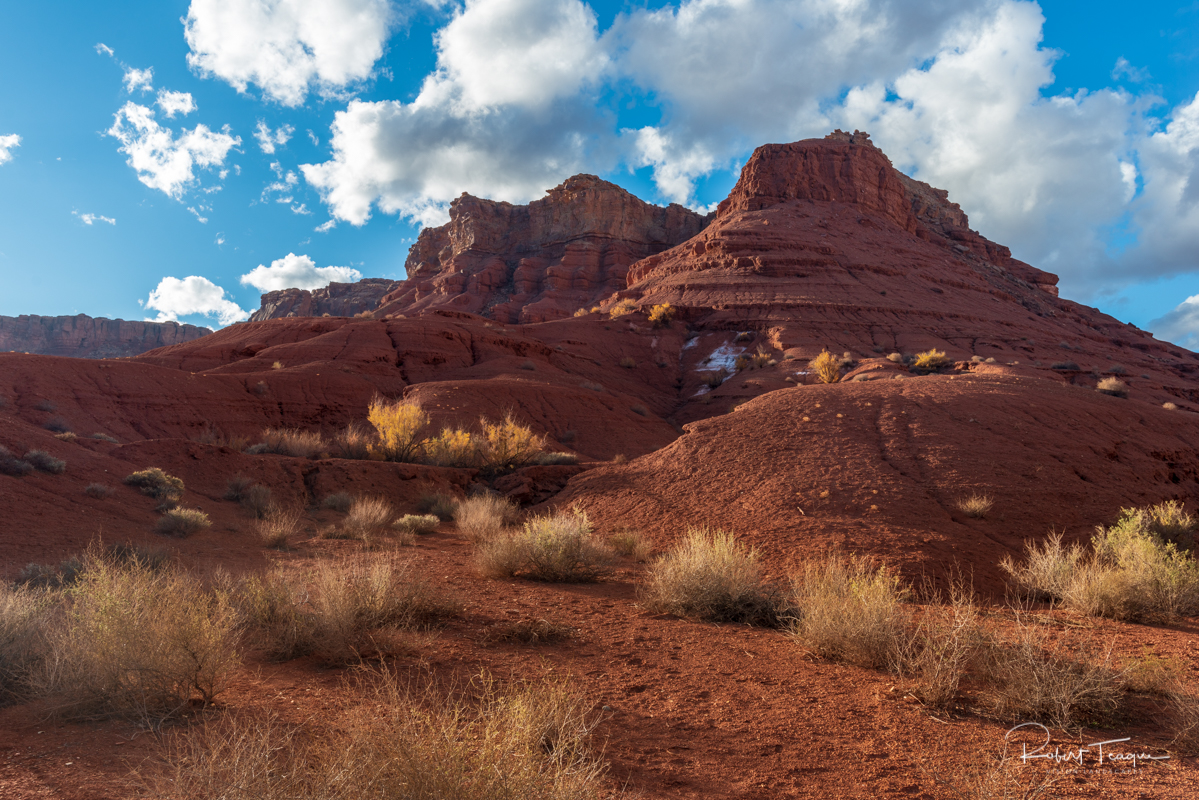
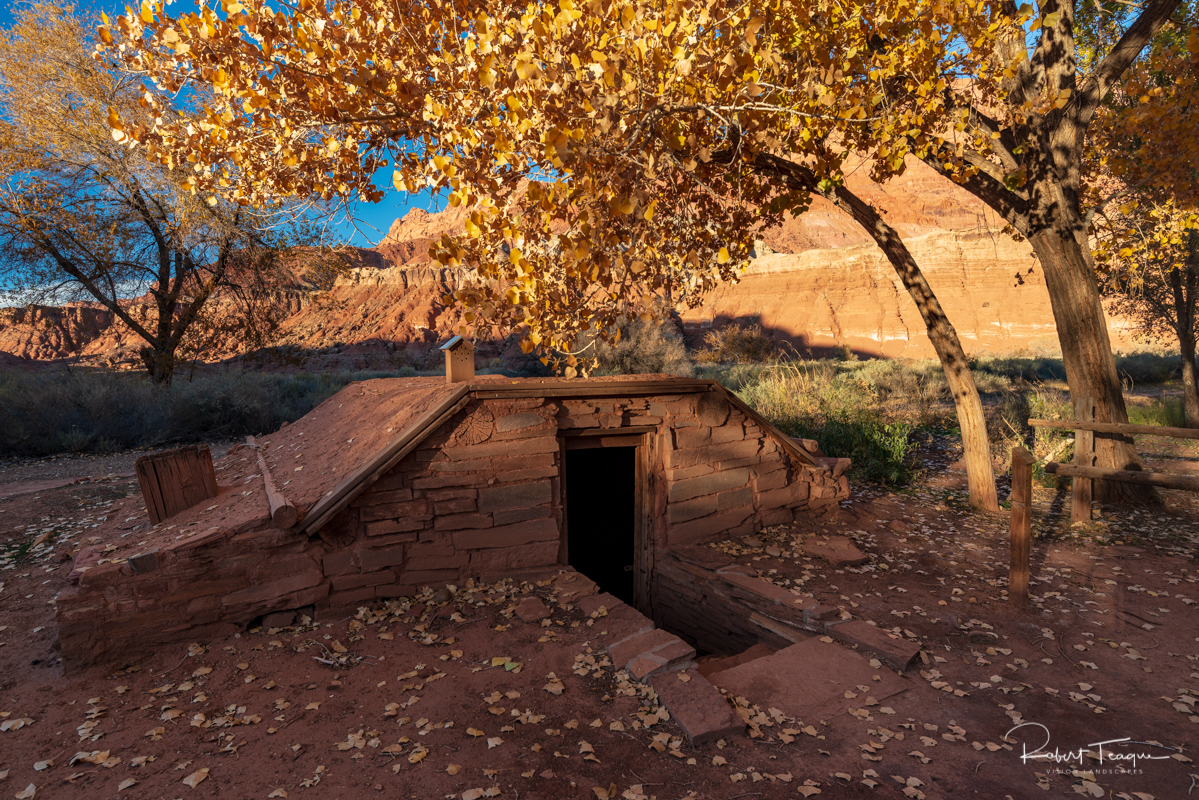
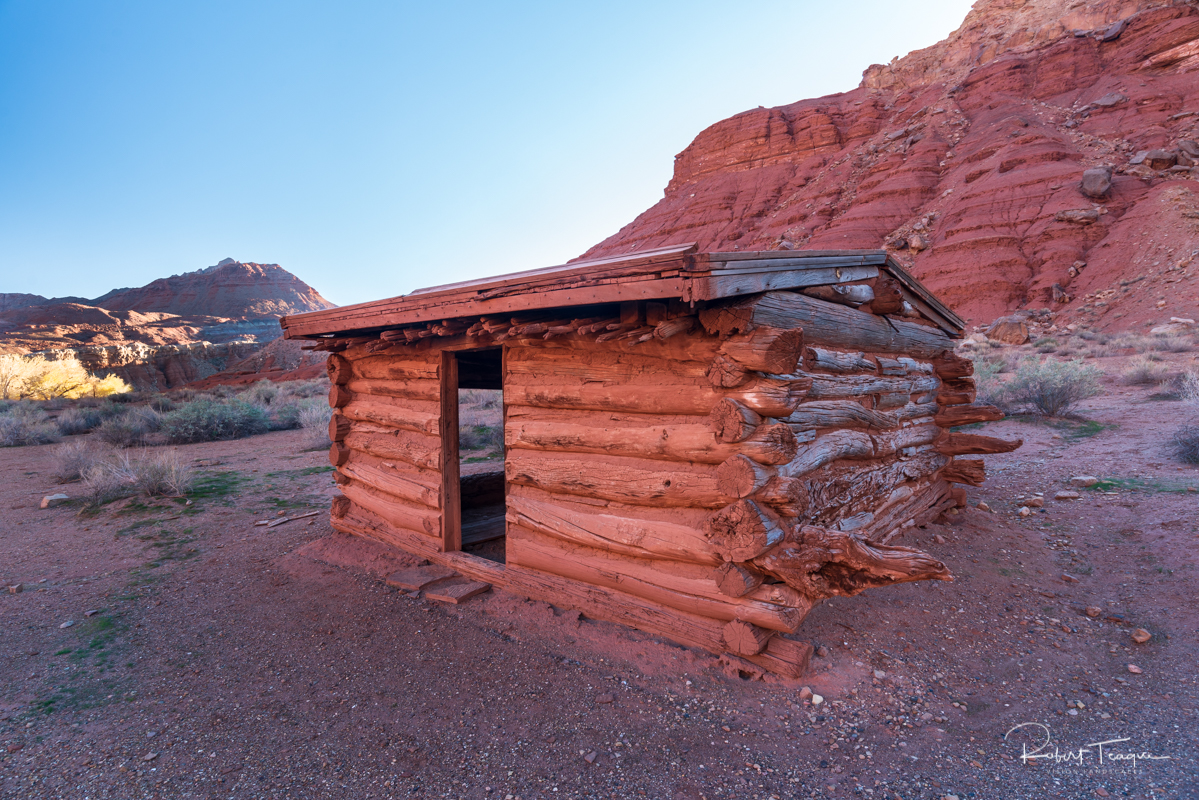
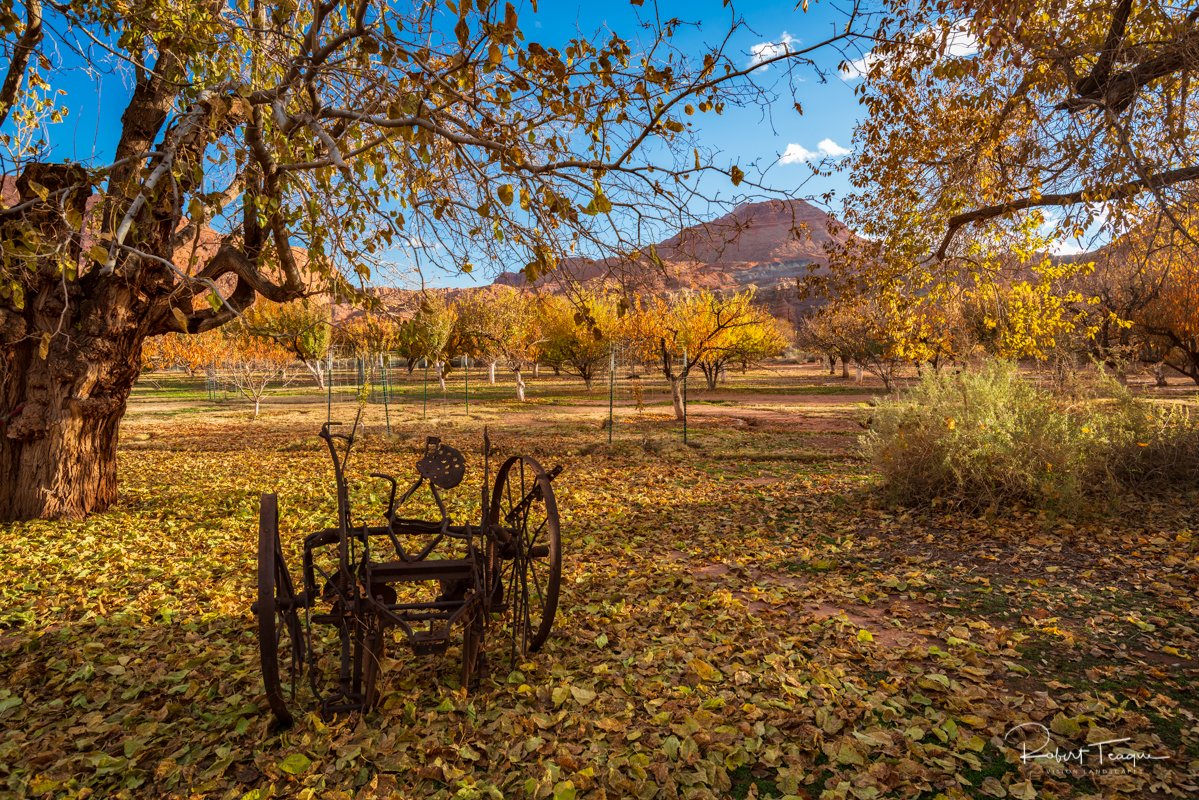
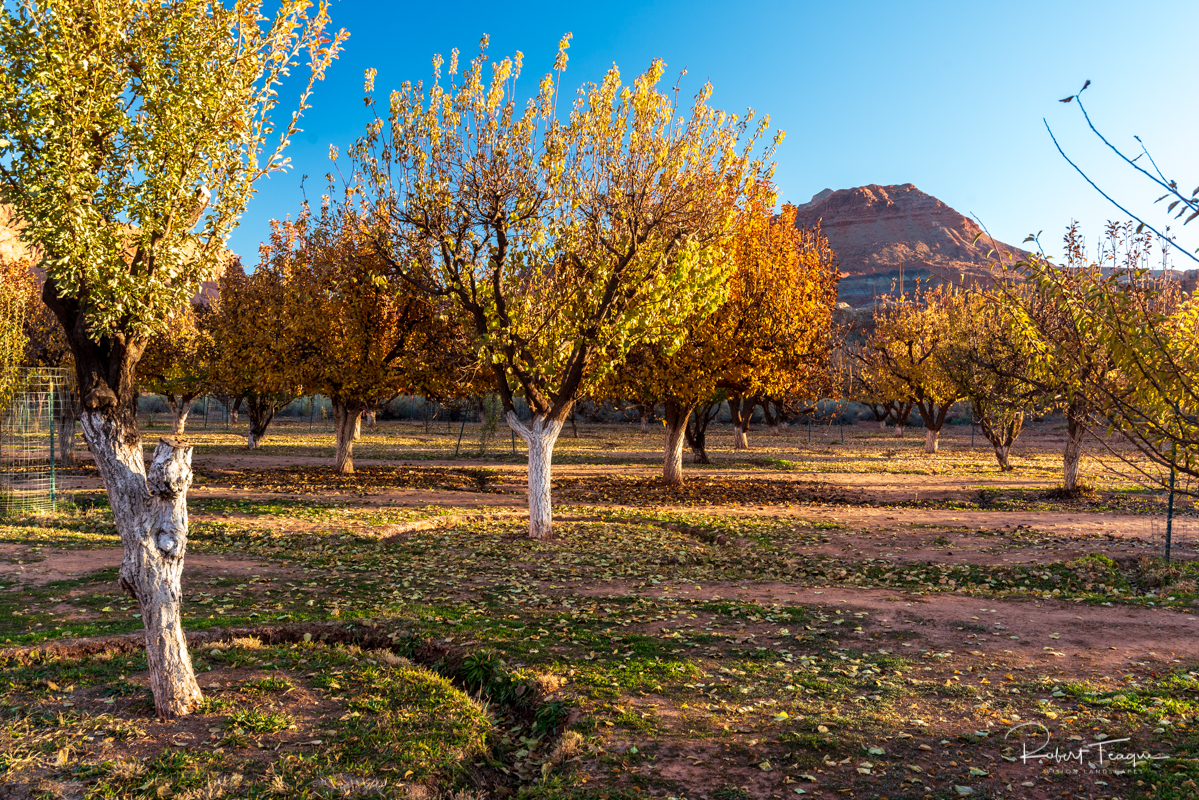

0 Comments on "A Hard Life: at Lee’s Ferry"